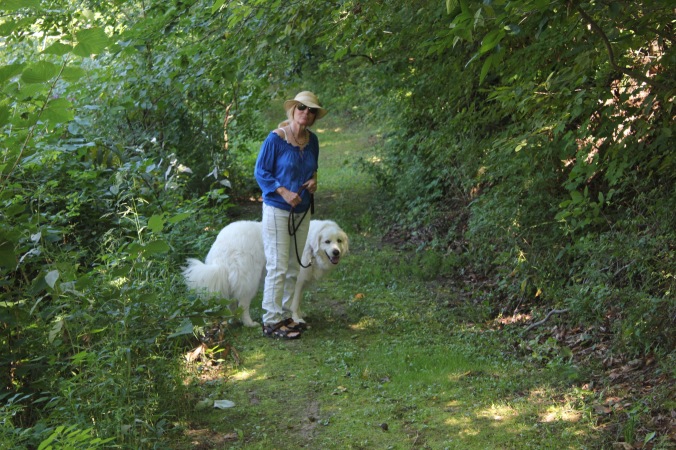When I was a child I lived about twelve miles from Bear’s Mill. In the summer I would occasionally ride my bike down the gravel backroads that led from my home to the mill. I would spend some time sticking my hot feet in the cool waters and watching the waters fall hypnotically over the dam.
At that time, the mill was still a working mill run by a miller that got to know me and my bike from the frequent trips I made. I had one of the first thin-tired Schwinn bikes with three gears in the county. They were called English bikes at the time. The narrow tires made the bike hard to control on the graveled roads.
I know that 99.9% of the people will never get to Bear’s Mill. It matters little, as it is worth knowing about. That is why I write this. I will probably never get to the pyramids, but I still find them of great and abiding interest.
It is not that Bear’s Mill is one of the great wonders of the world that everyone needs to see. It is simply an historic grist mill in Darke County near Greenville, Ohio, the oldest existing industrial building in the county. It was built in 1849 after settlers had cut the trees out of the Ohio wilderness and grew crops on the newly cleared lands. Before it was put into operation it was purchased from Manning Hart, the builder and contractor, by Gabriel Baer. The stones used for grinding the grains were not hard enough, so Baer traveled to France to purchase high quality milling stones that fit his purpose. The original name was Baer’s Mill, but somehow along the way Bear’s Mill became the referred spelling.
The wood siding on the mill has been in place since 1849. It is a hardwood lap siding made from American Black Walnut and has served the building for over 165 years. In the 1970’s the miller retired and turned the mill over to a non-profit organization called Friends of Bear’s Mill. They still use the mill occasionally to grind a limited amount of grain. The bottom floor now contains a gift shop and an art gallery for local midwest artists to show their works. In 1975 the mill was placed on the National Register of Historic Places. It is both a museum for milling history and a stopping place for tourists who are as fascinated with the mill race and the dam as I was as a child.
Remnants of the old Indian Toe Path run for half a mile along the creek. The visitors to the mill can take a mild, cooling walk in the summer sizzle where the pioneers and animals walked the hard nine miles to the settlement at old Fort Green Ville.
An overlook has been built along the creek by the ancient pathway where deer and panthers once roamed and fed.
The steeple of the Darke County Courthouse failed and was replaced in the 1980’s. The old steeple was moved to Bear’s Mill to serve as a memorial to the Viet Nam veterans that died in that horrible war.
The names of the men who died are tagged on the plaque, including one classmate of mine, Gerry Greendyke who never made it home. My classmates and I owe a debt to Gerry and the others that we can never repay. He took our place in the war. He was the one that was killed while we went on to live our own lives. Some came home and many did not. So it is with wars and the young men who fight and die in them.
Away from the memorial, the woods along the creek remain as they have been for many thousands of years. A cleared path allows the visitors to walk unobstructed in the same spots as ancient mound builders walked ten thousand years ago when the ice sheets were melting and the rivers of Ohio took shape. The birds tweet and the young folk Twitter. And the water, as always, flows forever to the sea.
Click to make the water run on the video.









Lovely.
LikeLiked by 1 person
Ken is a very engaging writer
LikeLiked by 1 person
A wonderfully written piece of our history. I enjoyed it greatly. My grandfather took me there in the mid to late 40s and we fished all up and down much of that area near the mill. A few times we even went upstream until we reached the dam, which is what at the time , seemed to be a long hike upstream. I doubt that it was not much more than a 1/2 mile or so.
Much if not all of the the walnut siding was replaced/ repaired several years ago. A suggestion that might be helpful to first time visitors is to go in the brightness of day to foil the local bug population, especially the mosquitos!
Thank you Ken for presenting a wonderful bit of information on a local gem.
LikeLiked by 1 person